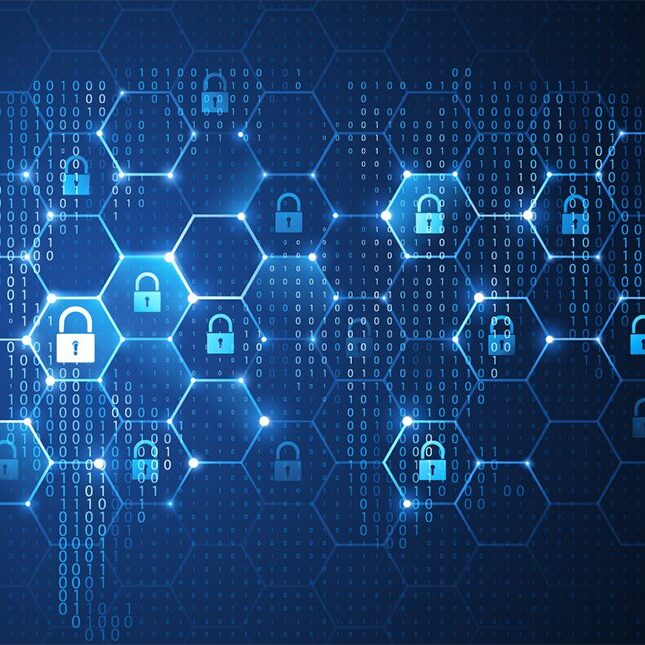Smart Cities: What You Need to Know
By Safi Khan
October 14, 2022
The mental image of a smart city might invoke something akin to the latest science fiction movie. The reality is that the technologies powering them are relatively inconspicuous and cropping up in urban centers worldwide. From street lighting to traffic and parking, our society is coming closer to the cities of the not-so-distant future.
Imagine a smart city as an organism. Big data, IoT devices and sensors, and Internet of Things (IoT) connectivity would be the nervous system, allowing it to react and adjust to environmental changes. These components, plus 5G networks, help city planners improve residents’ lives.
People don’t need to watch the news to realize cities face several challenges. The push for smarter cities comes from a desire to ameliorate these ongoing and worsening issues.
Global trends indicate that the share of the urban population is increasing, hitting 56.2% in 2020. As urban inhabitants outgrow cities, city planners will need the assistance of IoT sensors and scanners to:
Studies show that urban areas’ air quality is not as healthy as rural (or less urban) areas. Likewise, cities have higher water and garbage pollution than less populated areas. Various initiatives, including electric vehicle (EV) charging stations and public e-scooters, will optimize energy usage and reduce CO2 and other harmful emissions.
Another goal of smart city technology is to optimize city functions — namely, public transportation. Public transportation is plagued by tardiness, crime and waste. However, integrating IoT into these systems will make them more reliable, safer and environmentally friendly.

Transforming a city with IoT solutions doesn’t come without security and implementation challenges.
As a city becomes more dependent on digital capabilities, it becomes more vulnerable to infiltration by bad actors. Consider that EVs use connected charging stations, which, if hacked, could cause the equivalent of a gas shortage. Likewise, if a public transportation system leveraging IoT devices were compromised, the safe operation of buses and trains would be at risk.
A smart city is only as successful as the coordination between the public and private sectors. Surveillance cameras and sound signature detectors (e.g., those scanning city noise for gunshots or car crashes) are usually an amalgamation of solutions and devices from several companies. Who owns and is legally responsible for the use of the data collected by those systems: the companies or local government? These questions will need answers.
An IoT smart city’s foundation comprises smarter infrastructure, big data and an array of integrated IoT solutions. Our IoT modules, connectivity and platforms orchestrate data and provide large-scale management tools. Solutions can range from low-data rate, low-power modules to broadband data cards for high-speed cellular IoT connectivity.
Our solutions enable IoT deployments to inform city services and enhance operations for comfort, convenience and citizens’ safety. In addition, we can provide complete IoT enablement to make smart city solution providers’ systems a reality.
Request a consultation with a smart city IoT expert to get started on your IoT-enabled smart city solution.